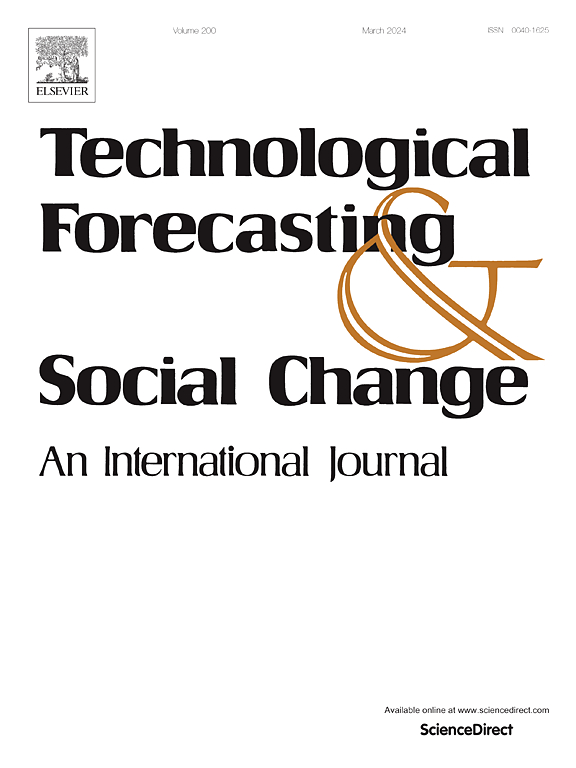共同生产的场所:合作型城市政府的物理空间
IF 12.9
1区 管理学
Q1 BUSINESS
Technological Forecasting and Social Change
Pub Date : 2024-10-03
DOI:10.1016/j.techfore.2024.123748
引用次数: 0
摘要
许多调查城市政府共同生产的研究都集中在定义和应用上,往往忽略了共同生产发生的物理位置。本研究引入了 "物理 "空间--物理和数字元素的综合体,以增强参与式城市治理。研究以以下问题为指导:如何通过建筑与可视化技术相结合的空间,促进政府与市民在制定城市政策方面的新合作文化?通过采用分析空间人类行为的建筑研究方法,该研究考虑了海法哈达尔社区的一个物理空间,目的是促进市政雇员和民间社会之间的合作。该研究是一项参与式行动研究(PAR),分为三个阶段:设计物理空间;实施参与协议,探索物理空间在制定城市-社会政策方面的功能;对这一创新环境中新出现的文化动态进行批判性反思。研究结果表明,物理空间不仅能通过其椭圆形结构和互动设置促进有效的分组和社区联系,还能激励参与者参与动态的共同生产。这项研究对当前的智能城市范式提出了挑战,因为这种范式往往会限制社区在决策空间中的真正参与,同时还展示了物理空间如何能够弥合理论上的城市治理与实际的包容性政策制定之间的差距。本文章由计算机程序翻译,如有差异,请以英文原文为准。
The place of co-production: A physital space for collaborative urban government
Many studies investigating urban government co-production focus on definitions and applications and often overlook the physical locations where this co-production occurs. This study introduces "physital" spaces—a synthesis of physical and digital elements—to enhance participatory urban governance. The research was guided by the following question: How can a space combining architecture and visualization technologies foster a new culture of collaboration between government and citizens in shaping urban policy? By employing architectural research methodologies that analyze a space's human behavior, the study considers a physital space in the Haifa neighborhood of Hadar with the aim of facilitating collaboration between municipal employees and civil society. The research is a Participatory Action Research (PAR) study and had three stages: designing the physital space; implementing a participation protocol to explore the functionality of the physital space in shaping urban-social policy; and critically reflecting on the emerging cultural dynamics within this innovative setting. The findings indicate that physital space not only fosters effective grouping and community bonding through its oval structure and interactive setup but also motivates participants to engage in dynamic co-production. The study challenges current Smart City paradigms that often limit real community involvement in decision making spaces, demonstrating how physital spaces can bridge the gap between theoretical urban governance and practical, inclusive policy making.
求助全文
通过发布文献求助,成功后即可免费获取论文全文。
去求助
来源期刊
CiteScore
21.30
自引率
10.80%
发文量
813
期刊介绍:
Technological Forecasting and Social Change is a prominent platform for individuals engaged in the methodology and application of technological forecasting and future studies as planning tools, exploring the interconnectedness of social, environmental, and technological factors.
In addition to serving as a key forum for these discussions, we offer numerous benefits for authors, including complimentary PDFs, a generous copyright policy, exclusive discounts on Elsevier publications, and more.

 求助内容:
求助内容: 应助结果提醒方式:
应助结果提醒方式:


